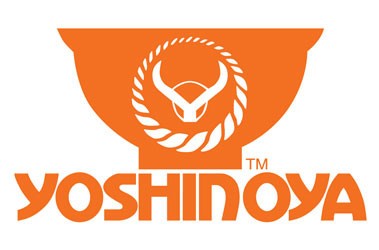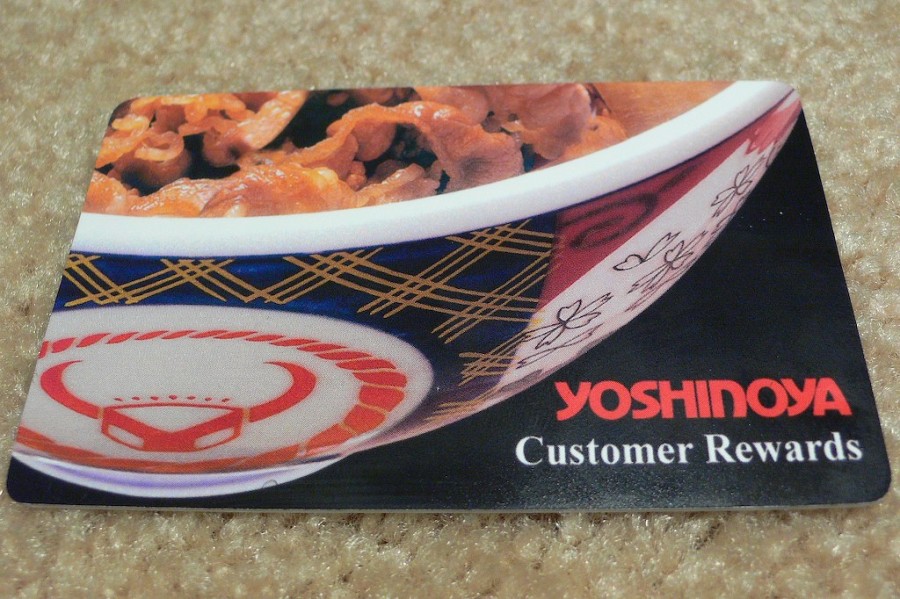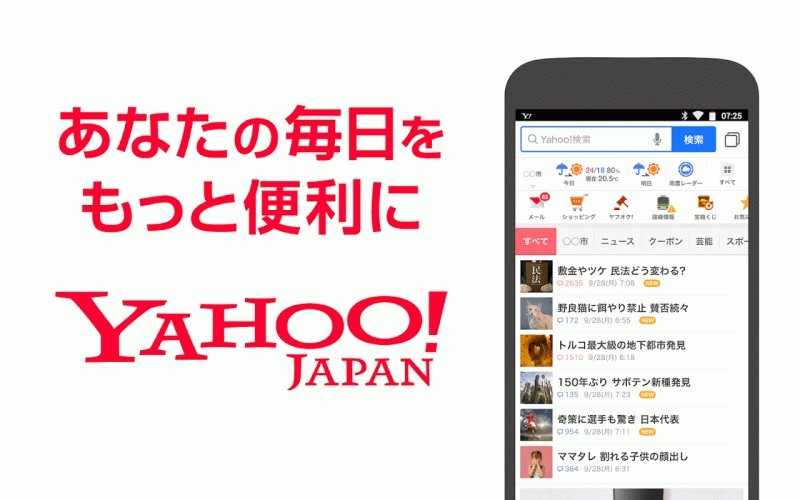Do you love fast food? And Japanese fast food? Yoshinoya (?野家) is a Japanese fast-food restaurant chain, specializing in serving gyudon (a bowl of rice with beef). It is the second largest chain of its kind in terms of the number of stores in Japan. It also has branches in China, Hong Kong, Taiwan, the Philippines, Singapore, Malaysia, and the United States.
In Japan, it is also known as "Yoshi-Gyu" (Japanese abbreviation of "Yoshinoya no gyudon", which means "gyudon from Yoshinoya"). The restaurant's motto is: "Delicious, cheap, and fast." Most Yoshinoya restaurants operate 24 hours a day and 365 days a year. The establishments are located in strategic points such as near train stations or on highways.
Inside a Yoshinoya restaurant, it consists of counters and tables, where beni-shoga, shichimi, and shoyu are freely available for those dining at the establishment. It also offers takeout, except for teishokus, and at some locations, there is a drive thru service. In some units, soba noodles and tempura are also served.

Table of Content
Yoshinoya's History
Yoshinoya is quite old, founded in 1899 with headquarters in Tokyo at the Nihonbashi fish market, its founder is Eikichi Matsuda. Its name derives from Yoshino (吉野), the birthplace of its founder, combined with Ya (家) which means "house" in Japanese. On September 1, 1923, the market was a victim of the earthquake known as the Great Kantō Earthquake. Then, three years later, Yoshinoya moved to the new fish market in Tokyo, Tsukiji.
The network opened its first 24-hour store in 1952. By 1958, in order to obtain more profit, fast-food chains changed to autonomous restaurants for stock corporations. The first franchise of the store was opened in Shinsaibashi in 1968. In 1975, the first American fast-food chain opened was Yoshinoya, in Colorado.

The String Fixer explained more details about the Yoshinoya logo. The image resembles a bull's horn and was invented by the founder of Yoshinoya. The idea of the bull's horn is related to the initial letter of the English name for Yoshinoya, "Y". The rope around the horn represents a struggle of 相撲.
The rope name "Yokozuna" (equivalent to "winner"), represents the quality of food served at Yoshinoya. The rope is made up of 27 grains of rice, only the best sumo wrestlers get it. The logo suggests that Yoshinoya sells the "finest meat bowls".
Most of the meat in Japan comes from the United States, but in 2003, there was a ban on beef imports due to cases of the disease of mad cow. At that time, there wasn't as much variation in dishes as there is today. During this period, they had to replace the gyudon dish, which was the flagship of the restaurant, with other foods.
It was when the "butadon" ("buta" means pork and "don" bowl) emerged, which used pork instead of beef, and karê was introduced as one of the main dishes. Over time, different dishes began to appear.

In December 2005, Japan agreed to remove the restriction on US beef imports. The following year, imports stopped again because inspectors found banned cattle parts in a shipment from the United States. In June 2006, Japan lifted the import ban again, and on July 31, 2006, Yoshinoya republished the letter promising to resume meat bowl service in about two months.
But it wasn't until December 1, 2006, that they started serving bowls of beef daily, albeit at limited times. and on March 17, 2008, Yoshinoya announced that it would resume 24-hour sales of the meat bowl, stretching across its then 1,040 stores nationwide until March 20, 2008.
Yoshinoya has a network of stores in Japan, the United States, Hong Kong, Cambodia, China, Indonesia, Malaysia, the Philippines, Singapore, Taiwan and Thailand.
Services offered at Yoshinoya
Yoshinoya restaurants in Japan usually serve green tea and water as courtesy. They also adjust the broth volume of gyudon at the customer's request, at no extra cost. Tsuyu-daku: it is a term used to ask for more broth in the gyudon. Tsuyu-nuki: it is a term used to ask for less broth in the gyudon.
At Yoshinoya, gyudon, karê, teishoku (combined dish in Japanese) and sides for the gyudon are offered. It also serves morning dishes, called asa-teishoku (asa meaning morning and teishoku combined dish) from 5 AM to 10 AM.

main dishes
- Gyudon: can be chosen between 3 sizes: namimori (normal) ōmori (big and tokumori (especially large).
- Gyu-Sara: it's just the gyudon meat with onion, without the rice. It can also be chosen from 3 sizes like the gyudon.
- Curry: rice covered in curry sauce. It can be added meat with onions like gyudon.
- Gyushake-Teishoku: gyu-sara small, trout, rice, miso soup and small portion of oshinko.
soups
- Miso Soup: Soybean noodle soup.
- Kenchinjiru: soy soup containing edible roots, kon'nyaku, abura-age and chicken.
- Tonjiru: Miso soup containing edible roots and pork.
follow-ups
- Tamago: raw egg. Usually placed on top of the gyudon, mixed and enjoyed together.
- Hanjuku-Tamago: hard boiled egg. Tasted in the same way as the raw egg.
- Oshinkō: canned vegetables.
- Kimuchi: Korean-style spicy pickled chard.
breakfast dishes
- Nattō: fermented soybeans. Usually placed over rice, with which it is mixed and enjoyed together.
- Nori: crispy sheet made from seaweed.
- Nattō teishoku: nattō, raw egg, nori, rice, miso soup and a small portion of oshinkō.
- Yakisakana teishoku: trout, nori, rice, miso soup and oshinko.
- Toku-wing teishoku (morning special teishoku): nattō, raw egg, trout, nori, rice, miso soup and oshinko.
Would you like to eat at this restaurant?
